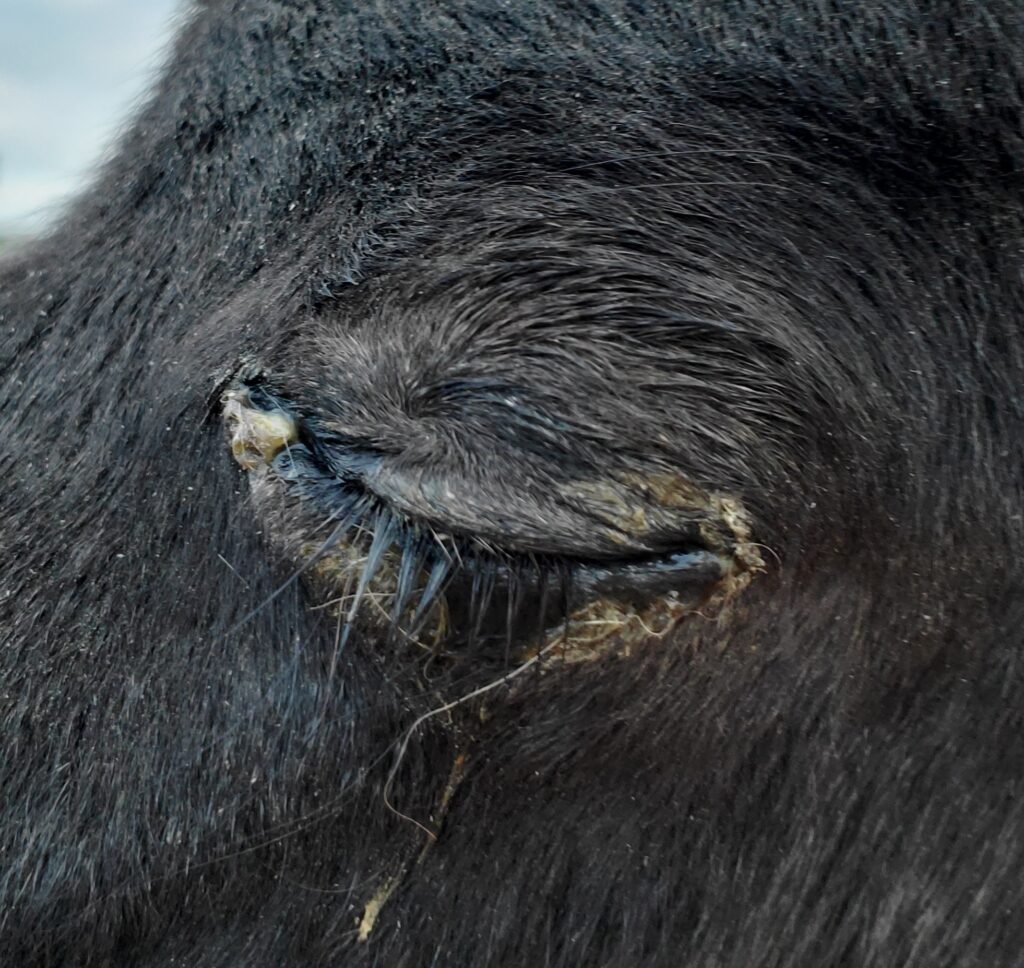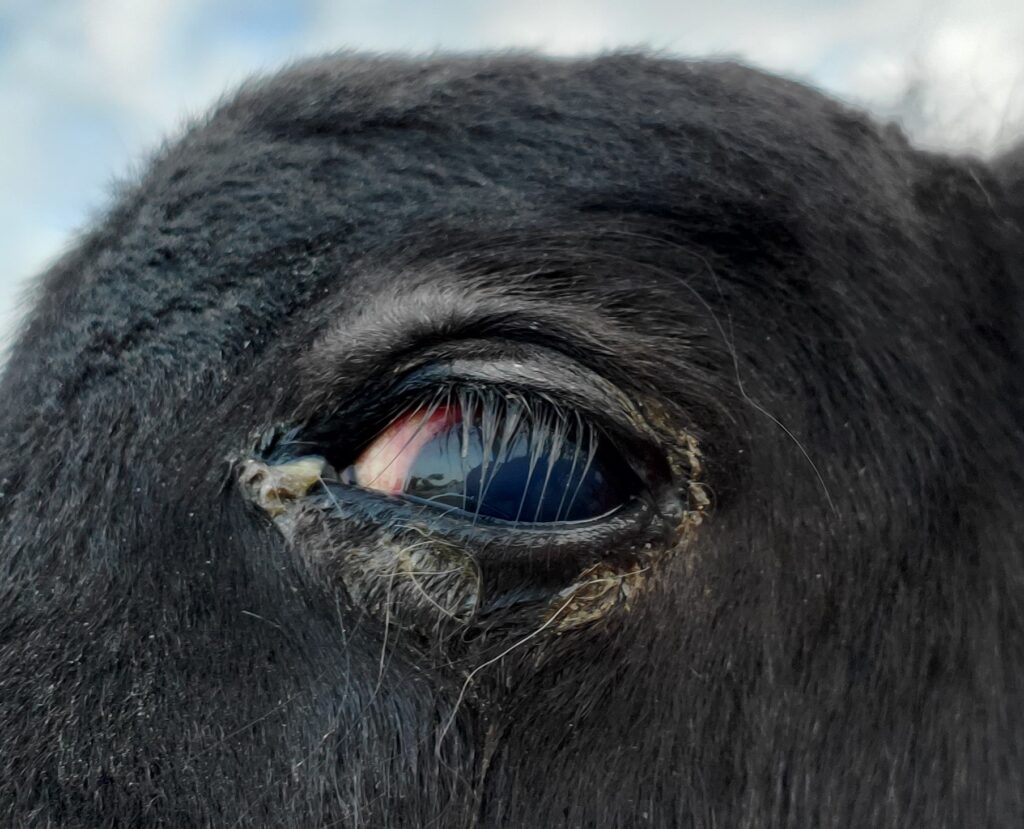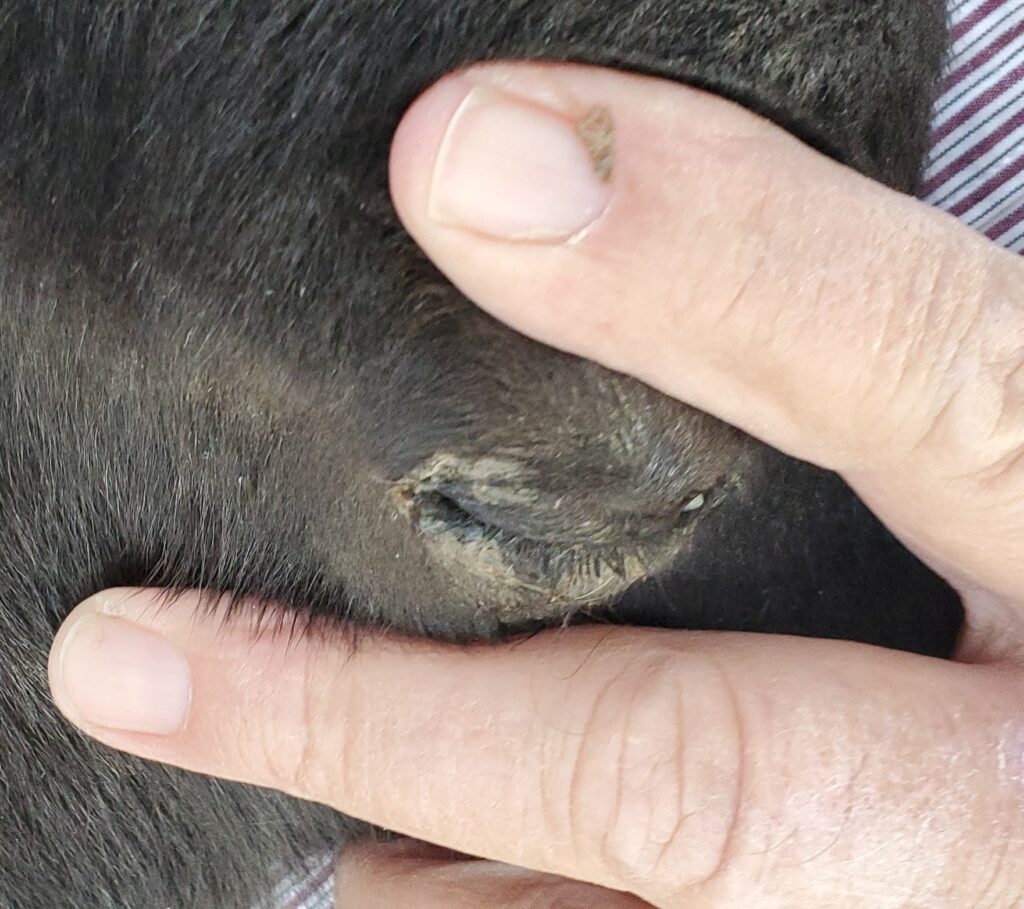How long are mini horses pregnant?
The basic rule of thumb for both miniature and big horses is eleven months and five days as an average length of pregnancy. This is figured from the last date of breeding. Of course, there are always exceptions to that rule. We have had mares foal full-term, foal at ten months and have had them carry as long as a full year.
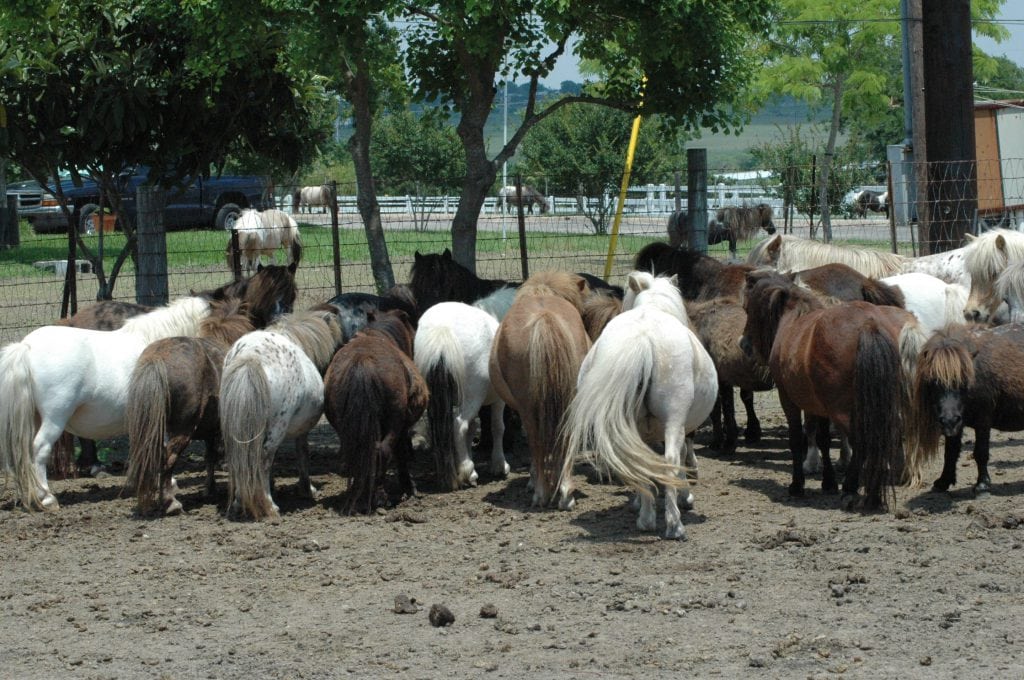
How will I know when my mare is ready to foal?
When foaling season is approaching we bring all the mares that are pregnant into a pasture next to the foaling barn. At night we put them in a lot, referred to as the maternity ward, which is observable from our house and by cameras and is lighted during the night so we can look at them to check what is going on at any time.
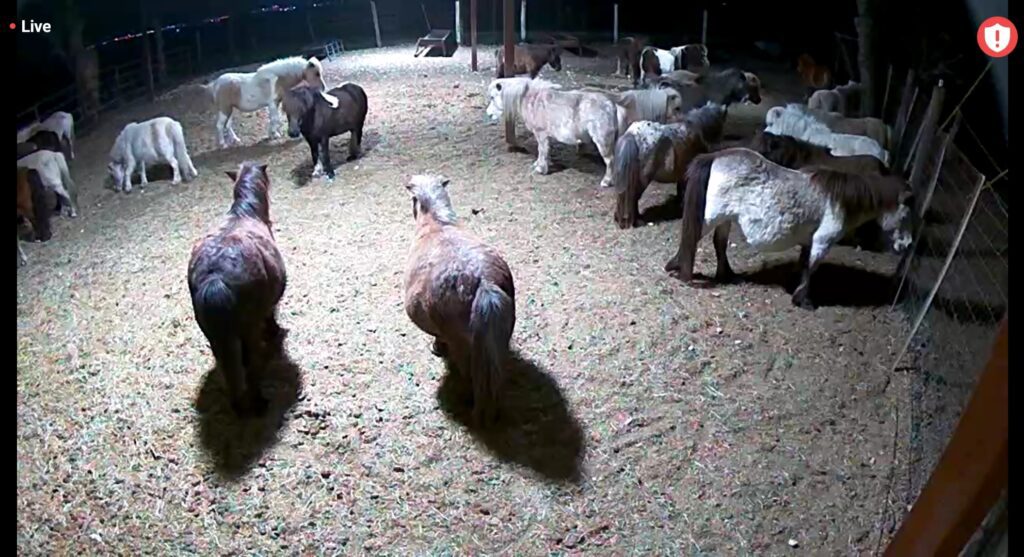
We check the bag (mammary gland) of each mare when we feed morning and night. When it starts filling we make note of it. Any big change from one observation to the next is the best sign that she is going to foal very quickly. They will surprise sometimes, but it is the best guide. Usually, when there is a big change, the mare goes into the foaling barn where we can observe even closer. Sometimes there will be tiny balls of wax on the tips of the teats. This waxing usually is within 24 hours of foaling.
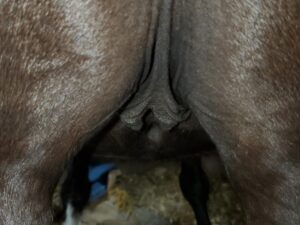
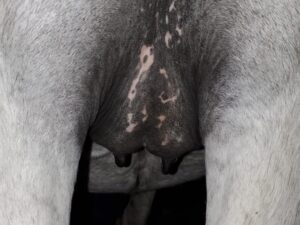
What equipment should I use to watch for foals?
Once we see a mare’s bag fill up, we bring her into the foaling barn at night and let her graze in the lot outside the barn during the day.
We have used Breeder Alert for many years through a number of upgrades. There are others that are available, and we have tried several but have stuck with them because of excellent customer service. The current system has capability to use a beeper and also a dialing system that will call a list of numbers. It will call according to an assigned sequence. If the first does not answer, it goes on to the next.
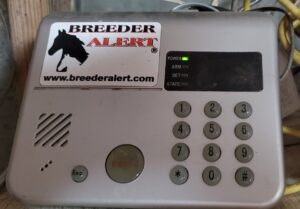
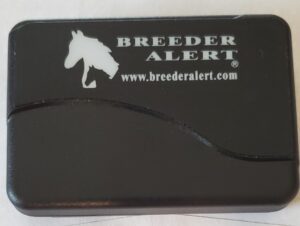
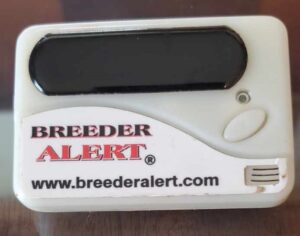
When a mare is restless or just acting differently than usual, we will put the beeper on to make sure that we are alerted when she lies down flat. If we are asleep, the beeper will wake us. We will look at the monitor and if she is just laying down, we will go back to sleep. If she is up and down, pawing at the ground or walking in circles, we know that the time is near so we pay close attention.
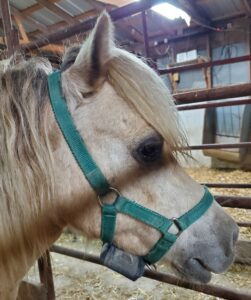
Currently, we have a camera system by Arlo Security Systems. We have ten cameras and have them distributed throughout the barn and maternity ward. We can see it on TV, Amazon Echo Show and on our phones, even when we are out of town. Some of our friends and family have access to it and have been known to alert us if a mare is in labor. The cameras are rechargeable and portable so sometimes during the day, we will move them outside the barn to cover the yard where the mares are.
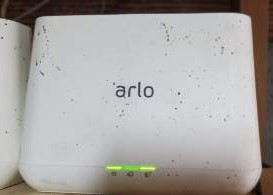
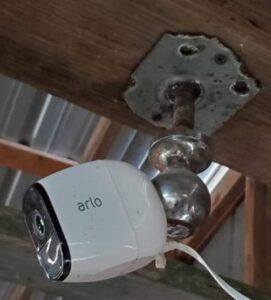
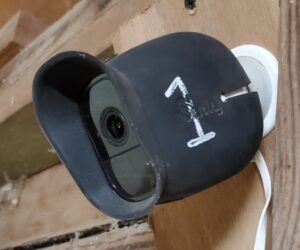
What do I do after a foal is born?
After a foal is born, we immediately worm the mare. We generally use paste Ivermectin set for an average-sized AMHA-sized mare, about 200 pounds. We never use Quest because it requires very exact weight dosage. We usually worm before she even stands up if possible. When the foal stands and the umbilical cord breaks, we treat with 2-10% iodine by dipping the foal’s navel in a small dish of the iodine.
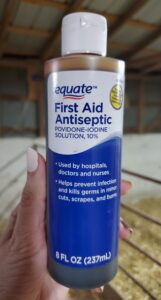
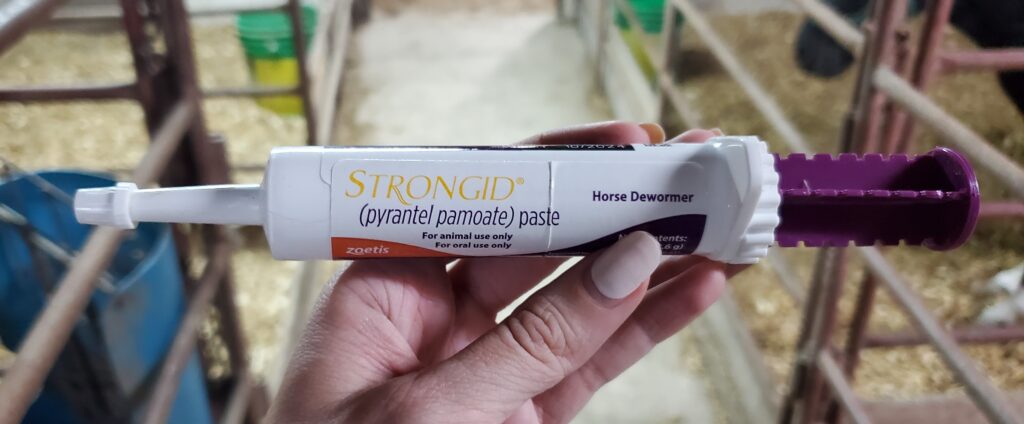
When the mare passes the placenta, we put it in two shopping bags to prevent leaks and put it in the freezer to dispose of it on the next trash pickup day. It is suggested that the placenta be inspected to make sure it has all been expelled. We then leave the mare and foal alone and make notations in the office of the time of birth and start the foal’s webpage.
Then we go back to check on the mare and foal and usually by this time the foal is nursing. We make sure foal passes meconium (first poop) and is actually nursing. The meconium is almost black, very thick, and sticky. Sometimes it comes out fairly long. If all this happens as normal, we leave them alone to bond and if it’s night, go back to bed. If we see after several tries that the foal is having trouble, we may give an enema of warm water with a dash of dishwashing soap, or you can use a regular Fleet enema.
Another thing we keep an eye out for the first few days is the eyelashes of the foal. They can frequently turn in and if left untreated, can cause eye infections or even blindness. A vet can put a stitch in the eyelid to keep the eyelashes out, but we usually just brush them up with our fingers. If that doesn’t work, we will carefully cut them off entirely. They generally will be okay as they grow, but check from time to time.
